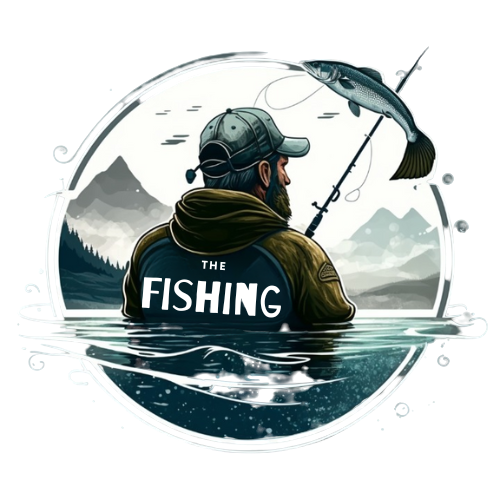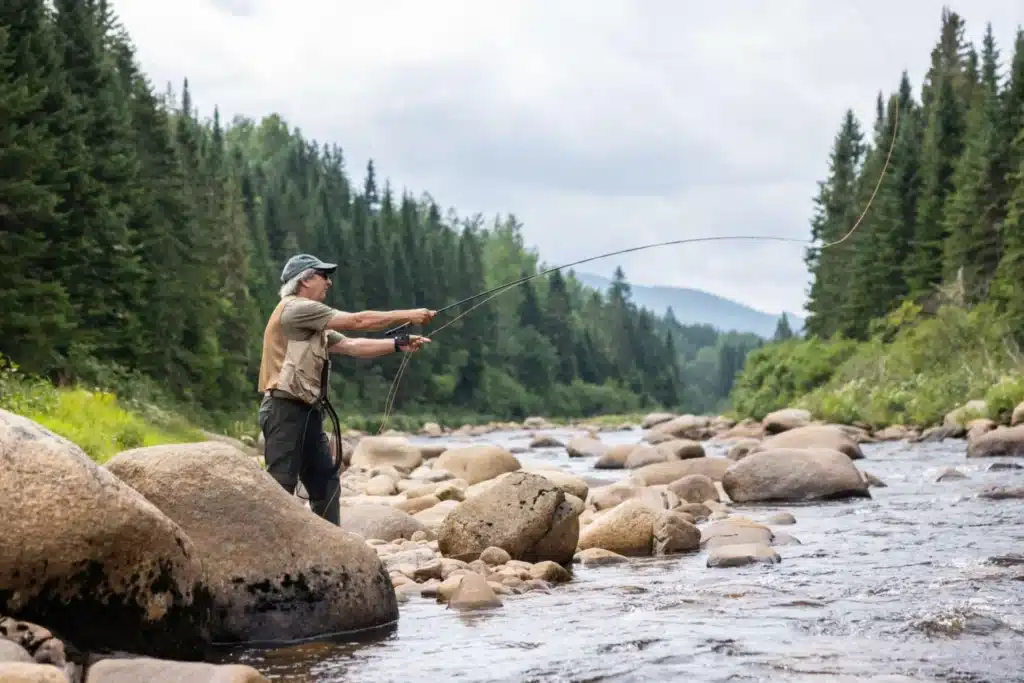
Fly fishing is more than just a hobby; it’s a communion with nature. What months are best for fly fishing? This question resonates with both novices and seasoned anglers.
While fly fishing is a year-round activity, understanding the nuances of each season can significantly enhance the experience.
This guide delves into the intricate dance between aquatic life, weather patterns, and fish behavior to reveal the optimal months for fly fishing.
Table of Contents
The Science Behind Seasonal Fly Fishing
Fly fishing’s essence lies in its deep connection with the natural world. Aquatic insect activity dictates the rhythms of the river and the feeding patterns of fish.
As insects hatch and populate the water’s surface, fish become more active, presenting opportunities for anglers.
The water temperature further influences these patterns, with fish being more or less active depending on the warmth or cold of the water.
Month-by-Month Breakdown: Best Months for Fly Fishing
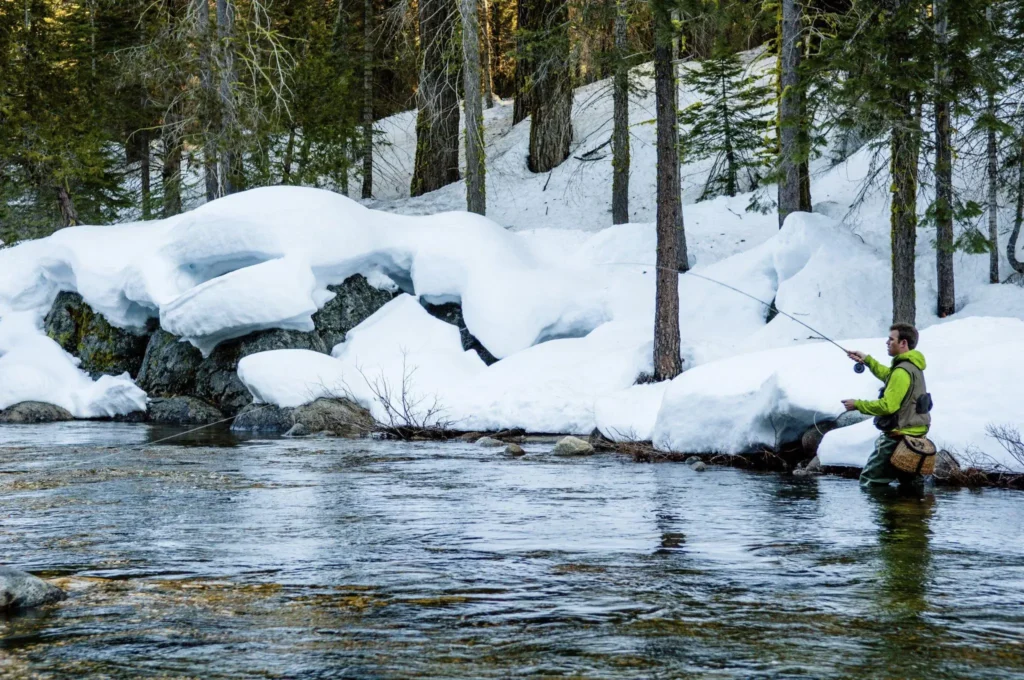
January – March (Winter):
The tranquility of winter paints rivers and lakes in hues of blue and white. Fish, conserving energy in the cold, often retreat to deeper waters.
This period requires patience and understanding of the fish’s behavior. Nymphing becomes the go-to technique, presenting flies beneath the water’s surface.
But is fly fishing fruitful in the winter?
With the right gear and approach, winter can offer serene and rewarding fishing experiences.
- Pros: Solitude on the water, unique winter hatches.
- Cons: Cold conditions, reduced fish activity.
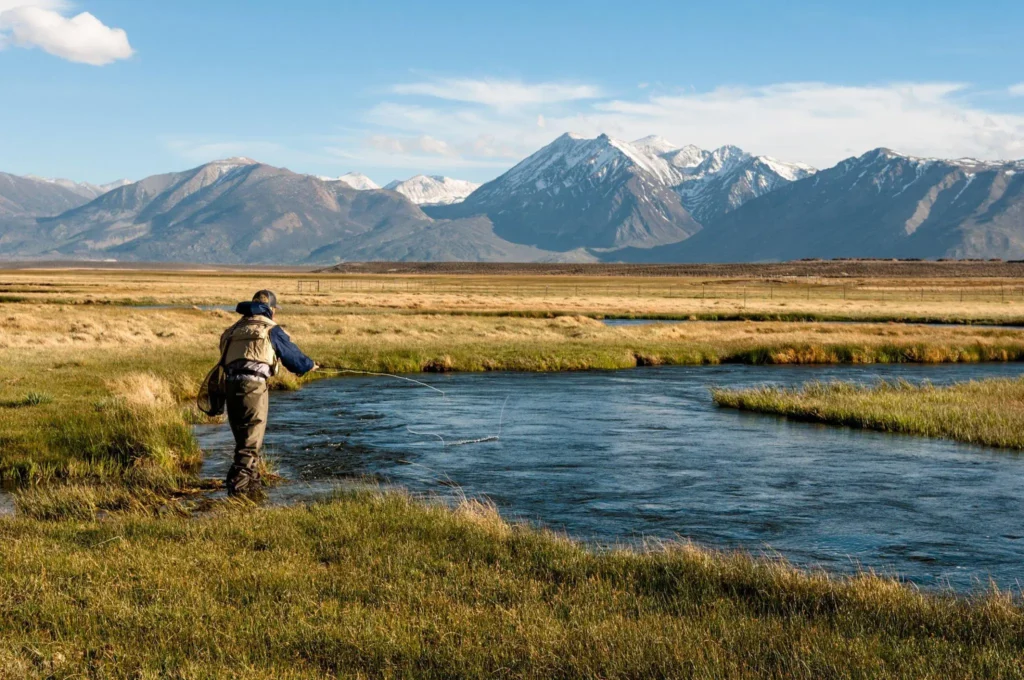
April – June (Spring):
Spring heralds a reawakening of nature. As the ice melts and flowers bloom, aquatic life stirs. Insects begin their life cycles, leading to bountiful hatches and active fish.
The warmer waters of spring see fish venturing out of their deep winter haunts, eager to feed and replenish their energy.
Key Spring Hatches:
| Insect | Peak Month |
|---|---|
| Mayflies | April |
| Caddisflies | May |
| Stoneflies | June |
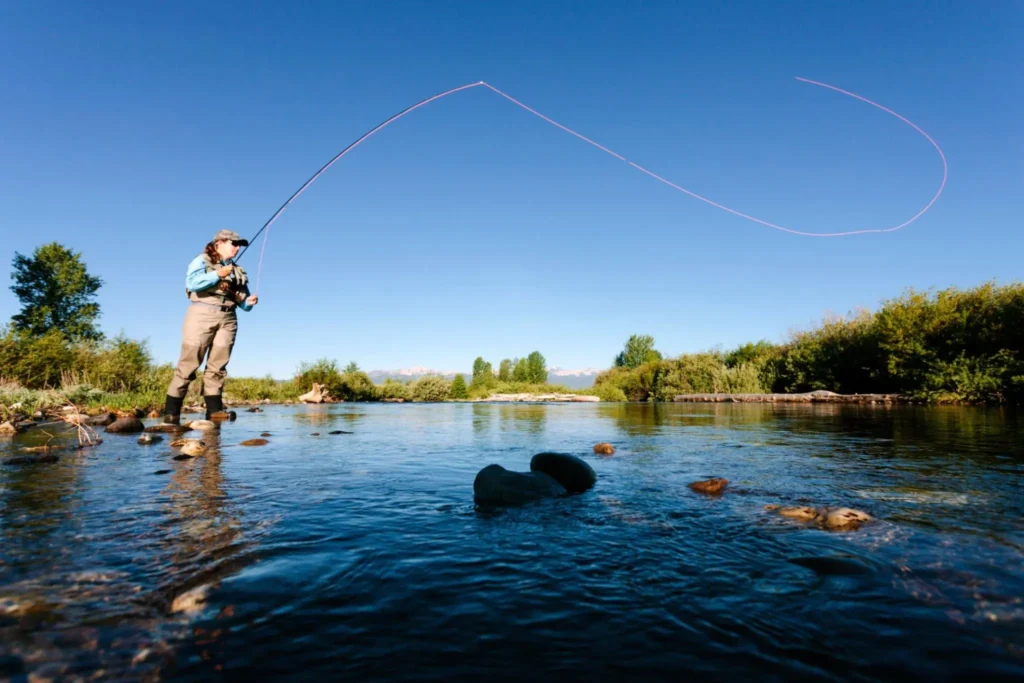
July – September (Summer):
Summer days are long and warm, offering extended hours on the water. However, the heat can be a double-edged sword.
While mornings and evenings see heightened fish activity, midday heat can send fish into deeper, cooler waters.
The question arises, is fly fishing productive in summer? Absolutely, but timing and location become paramount.
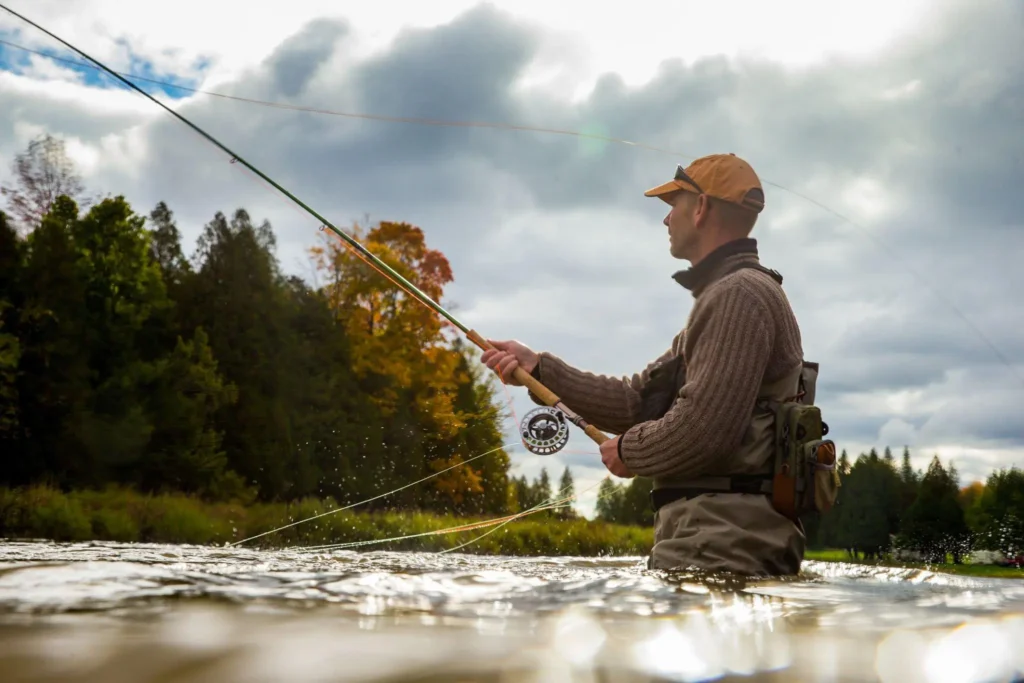
October – December (Fall):
Fall is a spectacle of colors. As trees turn golden and red, fish sense the approaching winter and feed aggressively.
This urgency makes fall one of the most exciting times for fly fishing.
But, is fly fishing optimal in the fall?
Given the active fish and beautiful surroundings, many anglers would argue it’s one of the best seasons.
What months are best for fly fishing?
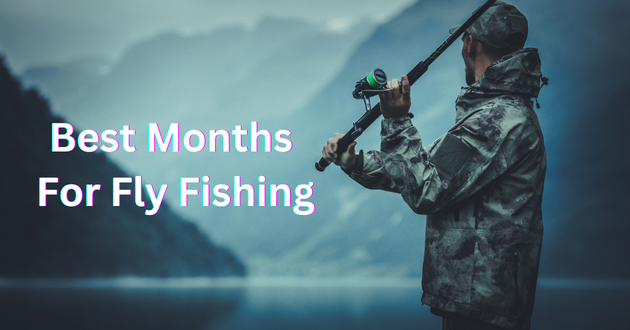
The optimal months for fly fishing are typically during the spring (April-June) and fall (October-December) when fish are most active due to aquatic insect hatches and favorable water temperatures.
You may also like to know: Why is fly fishing so addictive?
Factors to Consider Beyond Months
Time of Day:
The sun’s position plays a pivotal role in fish activity. Dawn often sees fish feeding near the surface, while midday sun can push them deeper.
Dusk, with its cooler temperatures and insect hatches, can be a magical time for fly fishing.
Fish Species:
Each fish species has its quirks. Trout, for instance, might be most active during dawn in summer, while bass might prefer the warmer waters of midday.
Knowing your target species and their habits can make all the difference.
Geographic Location:
The best months for fly fishing can vary based on geography.
A high-altitude lake in Colorado might offer different conditions than a lowland river in Oregon.
Research and local expertise are invaluable in these situations.
Gear Recommendations for Each Season
Your gear is an extension of your fly fishing experience, tailored to the unique challenges and opportunities each season presents.
Choosing the right equipment ensures not only a successful outing but also the safety and comfort of the angler.
Winter:
The biting cold of winter demands gear that can withstand low temperatures and icy waters:
- Thermal Waders: Insulated waders are essential to keep you warm in frigid waters.
- Nymph Flies: Fish are less active and stay deeper in the water during winter, making nymphing a go-to technique.
- Heavier Rods: A heavier rod can help in casting larger nymphs and streamers and battling the occasional larger winter fish.
- Gloves and Hats: Insulated, waterproof gloves and warm hats are crucial to protect against frostbite and ensure comfort.
Spring:
As nature awakens, spring offers diverse fishing conditions, necessitating versatile gear:
- Waterproof Jackets: Spring showers are common, and a good waterproof jacket will keep you dry.
- Variety of Flies: With increased insect activity, having a mix of dry and wet flies can be beneficial.
- Medium-Action Rods: These rods offer flexibility, making them suitable for the varied conditions of spring.
- Polarized Sunglasses: Helps in spotting fish and protecting eyes from the increasing sunlight.
Summer:
The warmth of summer requires gear that offers protection from the sun and heat:
- Sun Protection: Wide-brimmed hats, sunglasses, and UPF-rated clothing shield you from harmful UV rays.
- Terrestrial Flies: Insects like grasshoppers and ants are abundant, making terrestrial flies a summer favorite.
- Light-Action Rods: Suitable for smaller flies and delicate presentations, common in summer fishing.
- Ventilated Waders: Breathable waders or wading pants can keep you cool in warmer temperatures.
Fall:
The transitional nature of fall demands gear that’s adaptable to changing conditions:
- Layered Clothing: Temperatures can vary greatly, so layering ensures you stay warm during chilly mornings and cool during warmer afternoons.
- Streamer Flies: As fish feed aggressively to prepare for winter, streamers can mimic the larger prey they seek.
- Versatile Medium-Action Rods: Adaptable to various fishing techniques, from casting streamers to presenting dry flies.
- Wading Boots with Good Grip: Wet leaves and slippery banks make a sturdy pair of wading boots essential.
Bottom line
The best months for fly fishing can vary depending on your location and the type of fish you hope to catch.
In general, spring and fall tend to be popular times for fly fishing due to the mild weather and active feeding habits of fish.
The hatches of insects that occur during these seasons can be a major attractant for fish.
